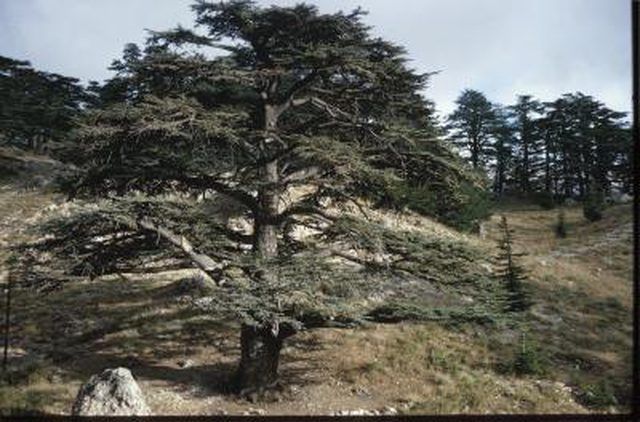Bulbs
Flower Basics
Flower Beds & Specialty Gardens
Flower Garden
Garden Furniture
Garden Gnomes
Garden Seeds
Garden Sheds
Garden Statues
Garden Tools & Supplies
Gardening Basics
Green & Organic
Groundcovers & Vines
Growing Annuals
Growing Basil
Growing Beans
Growing Berries
Growing Blueberries
Growing Cactus
Growing Corn
Growing Cotton
Growing Edibles
Growing Flowers
Growing Garlic
Growing Grapes
Growing Grass
Growing Herbs
Growing Jasmine
Growing Mint
Growing Mushrooms
Orchids
Growing Peanuts
Growing Perennials
Growing Plants
Growing Rosemary
Growing Roses
Growing Strawberries
Growing Sunflowers
Growing Thyme
Growing Tomatoes
Growing Tulips
Growing Vegetables
Herb Basics
Herb Garden
Indoor Growing
Landscaping Basics
Landscaping Patios
Landscaping Plants
Landscaping Shrubs
Landscaping Trees
Landscaping Walks & Pathways
Lawn Basics
Lawn Maintenance
Lawn Mowers
Lawn Ornaments
Lawn Planting
Lawn Tools
Outdoor Growing
Overall Landscape Planning
Pests, Weeds & Problems
Plant Basics
Rock Garden
Rose Garden
Shrubs
Soil
Specialty Gardens
Trees
Vegetable Garden
Yard Maintenance
How to Grow Cypress Trees From Cypress Balls
How to Grow Cypress Trees From Cypress Balls. Cypress trees are often grown as ornamental trees to provide privacy in home lawns. Some species are harvested for their wood which is particularly long-lasting and resistant against decay while others, like the Leyland cypress, are used as seasonal Christmas trees. Cypress trees produce dense root...

Cypress trees are often grown as ornamental trees to provide privacy in home lawns. Some species are harvested for their wood which is particularly long-lasting and resistant against decay while others, like the Leyland cypress, are used as seasonal Christmas trees. Cypress trees produce dense root balls that form the basis of the plantís underground system. Though it takes three to five years for cypress trees planted from cypress balls to mature, healthy plants will continue to grow for decades.
Things You'll Need
Young cypress tree
Shovel
Water
Mulch
Find the right location to plant your cypress tree. Cypress trees can grow in a wide variety of soils from sand to clay but do best with a soil pH of 5.5 to 6.5. Cypress balls should be planted in an area with eight or more hours of sun a day.
Dig a hole as deep as the root ball and twice as wide. Discard any large rocks and break up large clumps of dirt while digging.
Place the young cypress tree in the center of the hole and cover the root ball with 2 to 3 inches of original soil. Use your foot to firmly stomp on the dirt and eliminate any air pockets.
Spread a 1- to 2-inch layer of high quality mulch around the base of the tree. This will aid in soil moisture retention and prevent an onslaught of weeds.
Fully douse the ground with an open hose immediately after planting. Continue to water your cypress tree deeply once a week until fully established. Mature cypress trees only need watering during periods of little rainfall.
Tips & Warnings
Test your soil pH periodically to ensure the proper growing conditions for your tree.
Use a slow-drip soaker hose to water your cypress tree over a period of hours.
Watch your tree for pests such as the front tree caterpillar, which builds webs and feeds on needles.